The future of practice management software


Animana is one of the oldest practice management systems in Europe. It started in the Netherlands and grew internationally, including the UK.
As is typical for historic software, usability and user experience have never figured highly. Following an acquisition, they wanted a UX audit from an independent UX agency. More importantly, they wanted to base the UX audit on UX research with real users of the practice management software.
So they hired our agency for a user research program covering three countries. The primary goal was to map user needs and pain points. But there was a second, bolder ambition: to inspire a long term product vision for the practice management system.
OUR CONTRIBUTIONS
User Research
UX Audit
Protocol Design
Usability Benchmarking
Data Gathering
Heuristic Audit
Field Study
Product Strategy
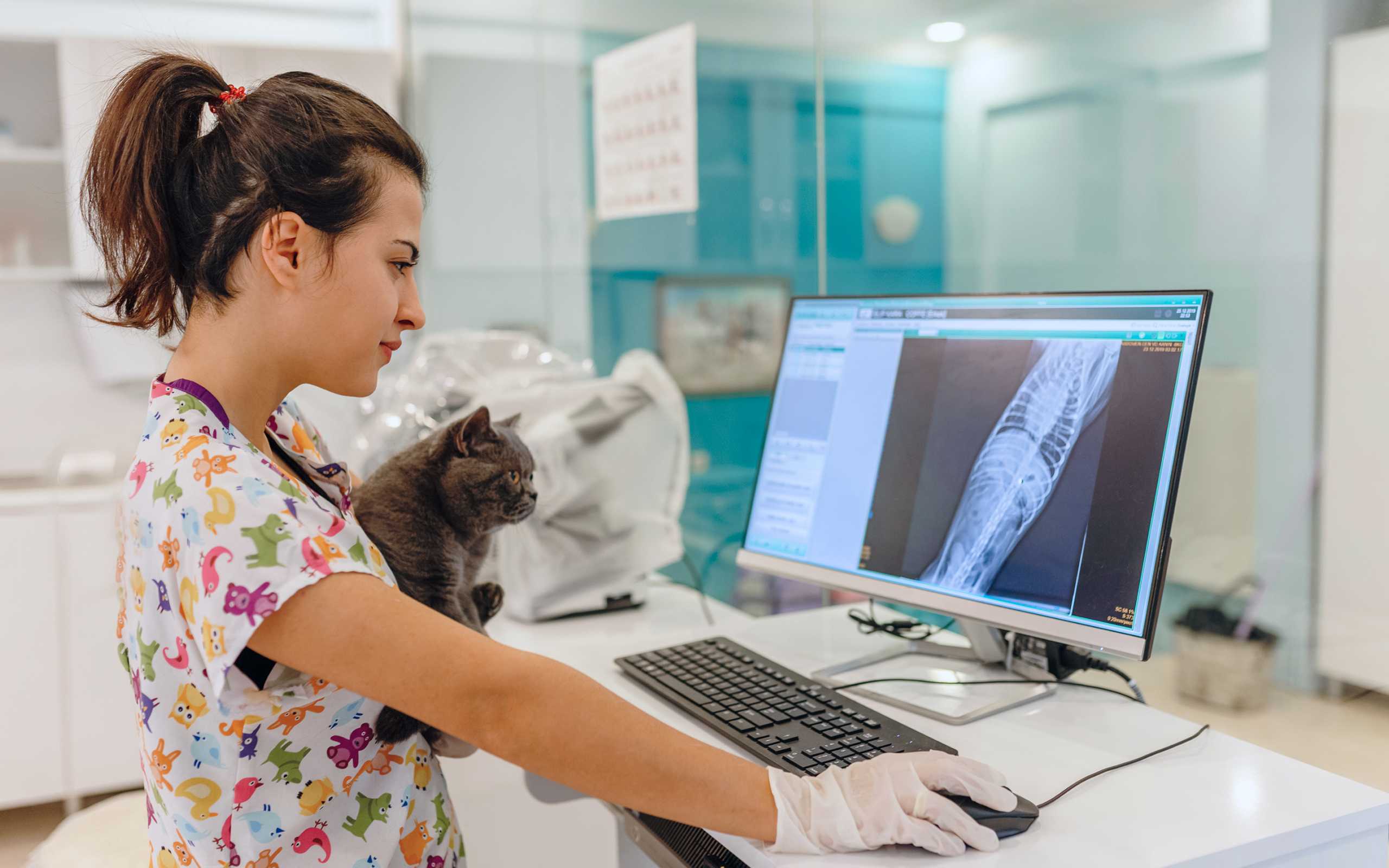
USER RESEARCH PLAN: 35 CLINICS IN 2 WEEKS
The user research programme spanned three countries in Europe: the UK, the Netherlands and Germany. We visited 35 clinics to get a complete picture on how independent clinics, corporations and clinic networks use the practice management software.
Before going out into the field, we did a preliminary UX audit and interviewed stakeholders to better understand the practice management system and the business goals. Then, our central agency team organised the logistics for the UX research in each country.
In the two weeks we engaged with vets, nurses, reception staff and admin staff. In total we studied more than 150 users: from novices to veterans who’ve used the practice management system for more than ten years.
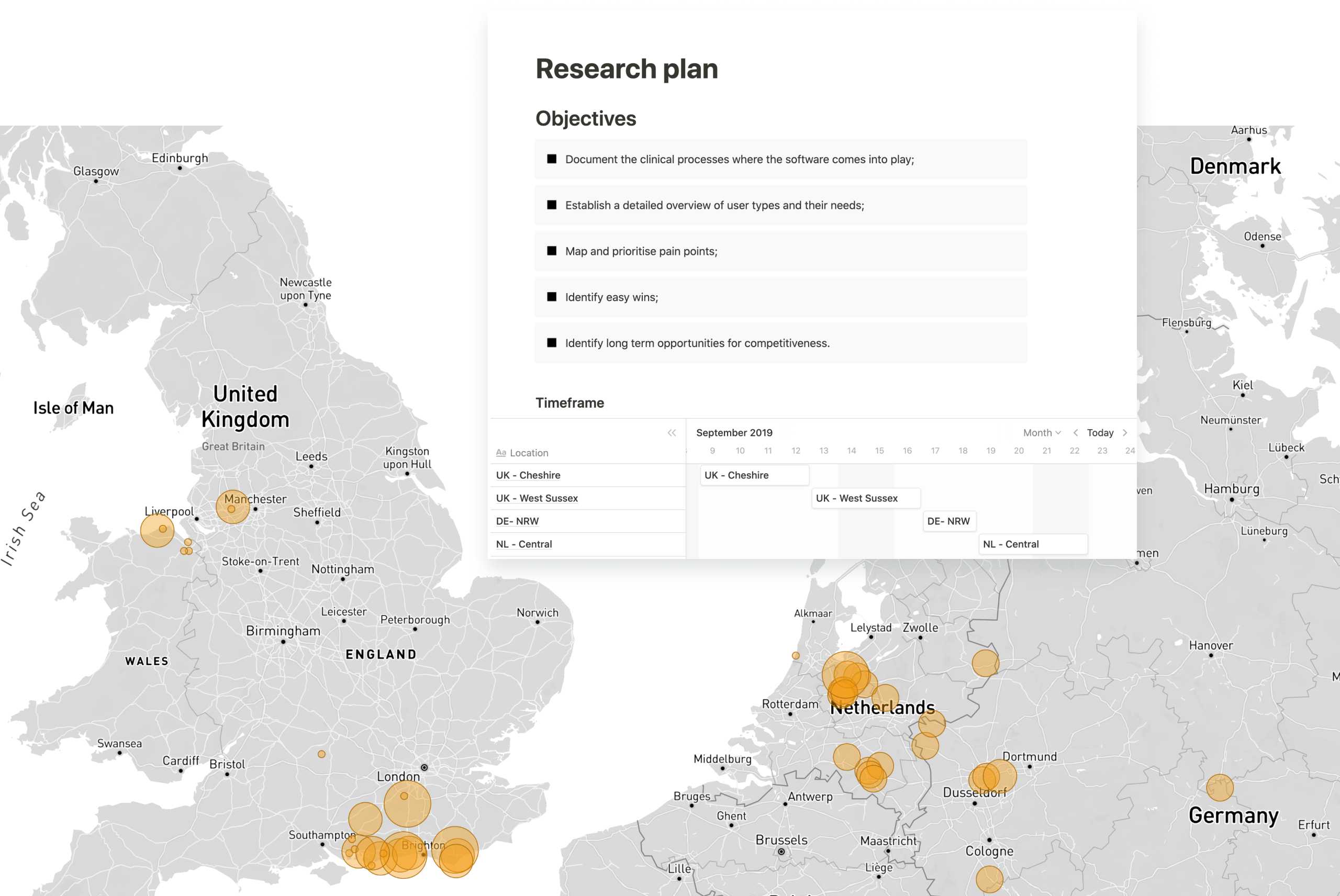

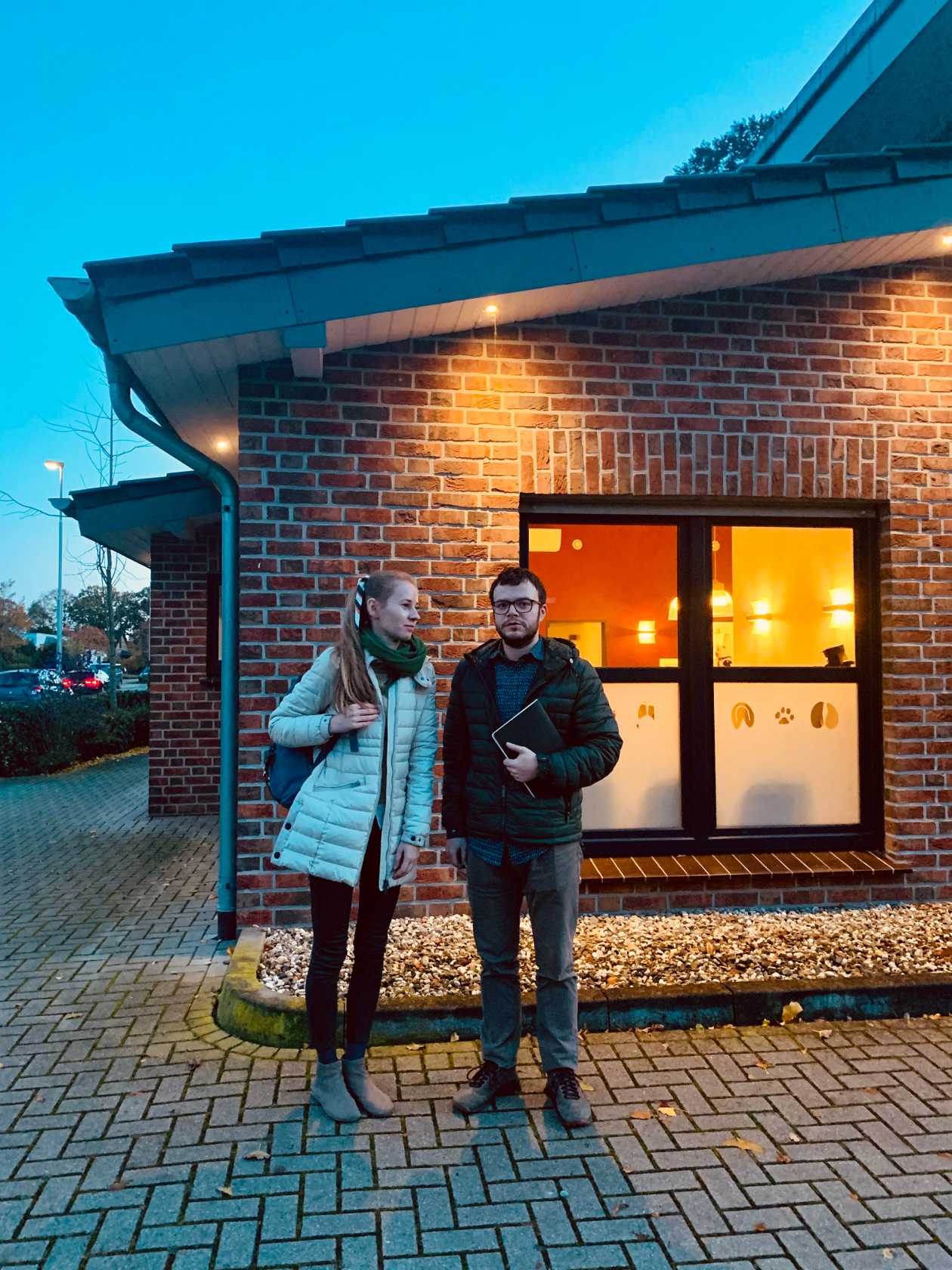

A STRUCTURED APPROACH TO UX RESEARCH PROTOCOLS
There are two fundamental aspects to user research: knowing what you’re looking for, and making sure that the methods to observe reality are right.
As an evidence-based user research agency we set a high standard for methodology. The research protocols were designed and tested in advance and we anticipated that we'd need to assess preliminary results in real-time.
To allow for real-time tracking and preliminary analysis we used interactive formats where the data could be sliced and diced by the central agency team in the UK, to inform the team that’s on-site. Thus we were able to update our approach and protocols as needed.
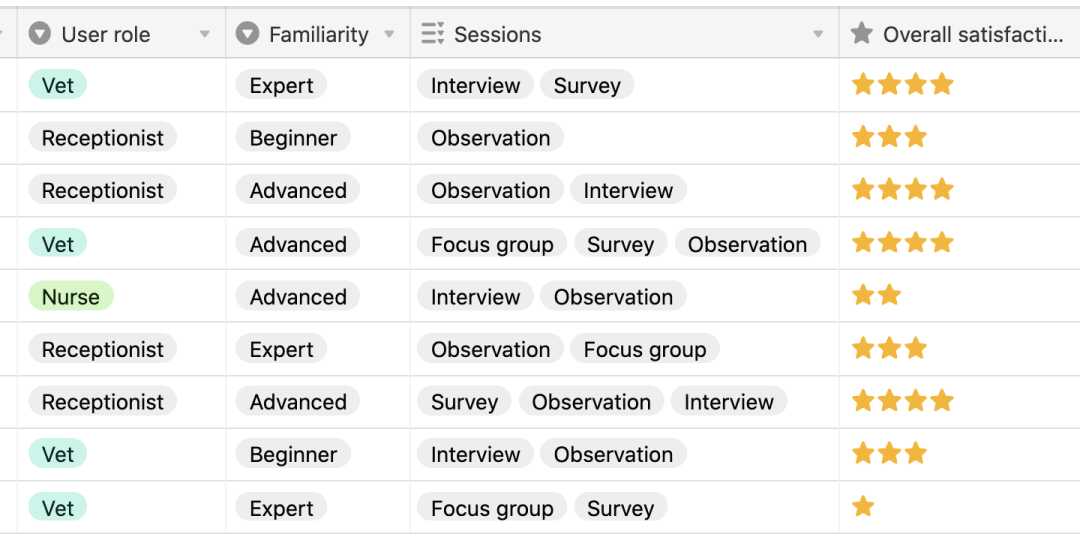
ITERATIVE USER RESEARCH DETECTS NUANCE
Finding insights through user research is one thing, teasing out the nuance about what truly moves users, is another thing.
We wanted to create an empathic picture of what it means to be a vet, nurse or receptionist and how exactly the practice management system can work for or against you. So we’ve used a rich mix of user research methods including semi-structured interviews, observation and surveys.
But the crux is in assessing results in real-time, and adjusting protocols to follow-up on any glimmer of insight. This iterative approach to UX research enables us to map the entire landscape of user satisfaction and to pursue the real-life detail of the user’s daily experience.
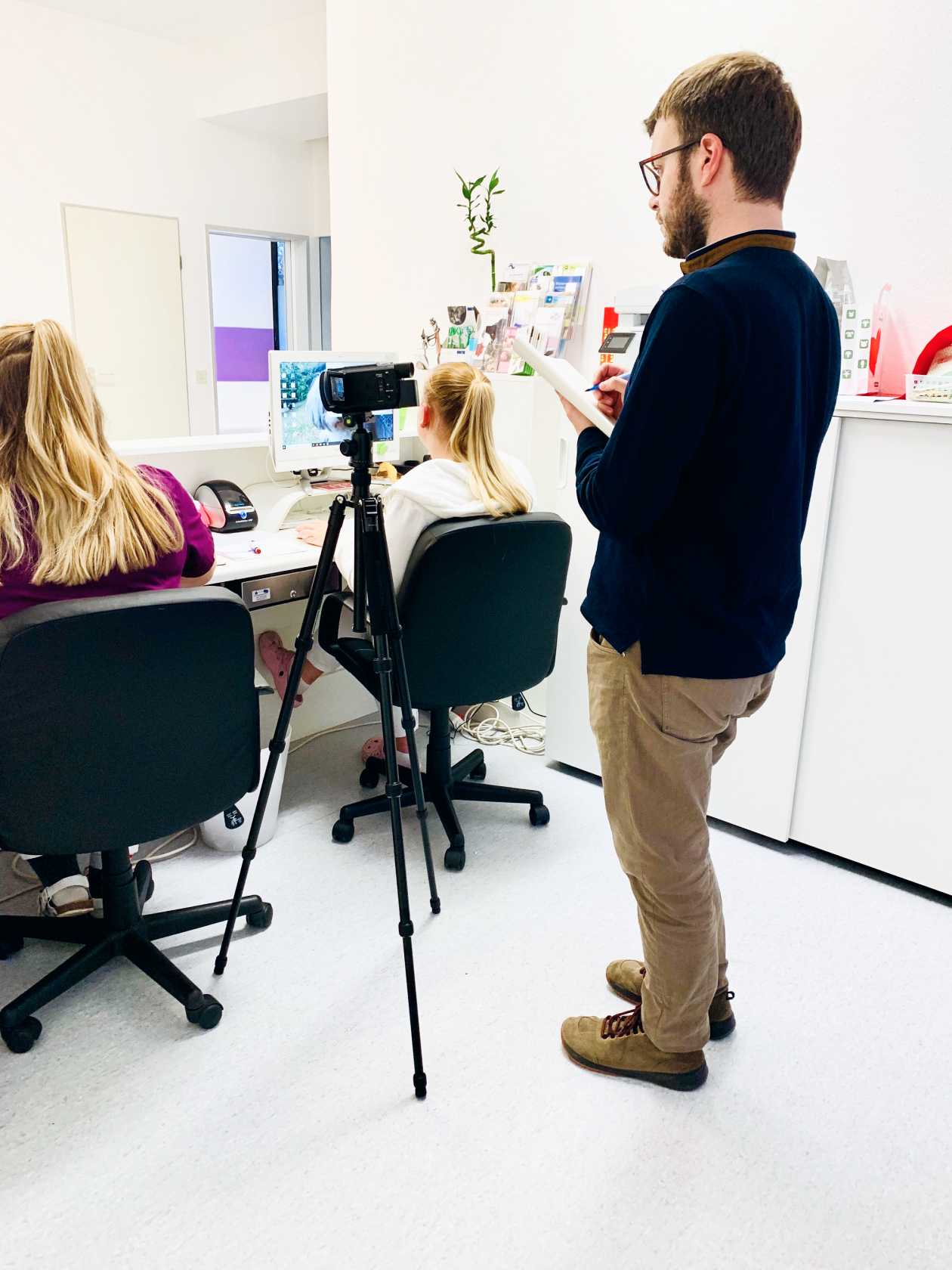
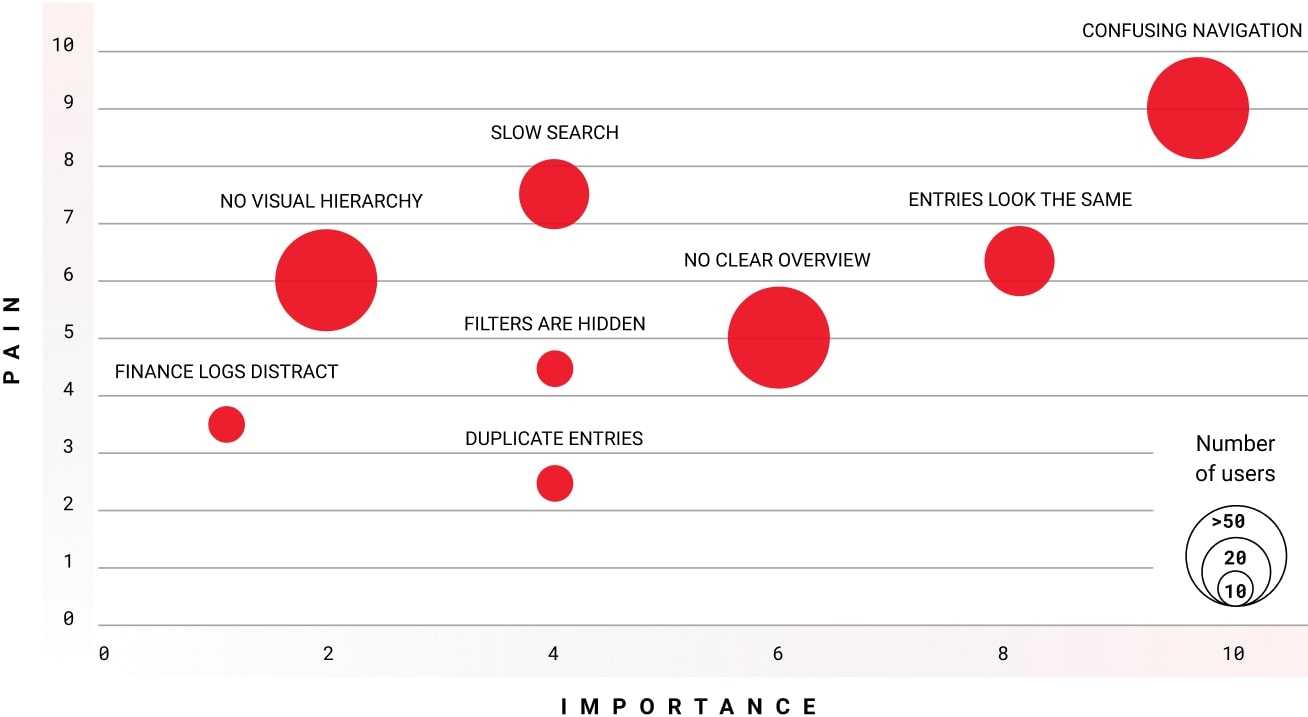

MODELS OF USER NEEDS EMERGE FROM DATA
As data accumulates, analysis reveals patterns. Step by step we construct a model of user needs, from the micro level of specific tasks, to the macro level of how the software supports entire business goals.
As the UX research progresses and the picture becomes more complete, we cross check the findings to tease out the most robust findings. Hierarchies of user needs sediment from the wealth of data and these insights are disseminated with the wider group of stakeholders such as product managers, marketing directors and even top management.

THE DESIGN IS AUDITED AGAINST USER NEEDS
When the current user experience is compared to the models of user needs that result from the UX research, the UX audit provides clarity about what needs to change. For examples, it becomes apparent how the information architecture introduces friction into the user’s daily routine and how particular interactions in pages push users to make mistakes.
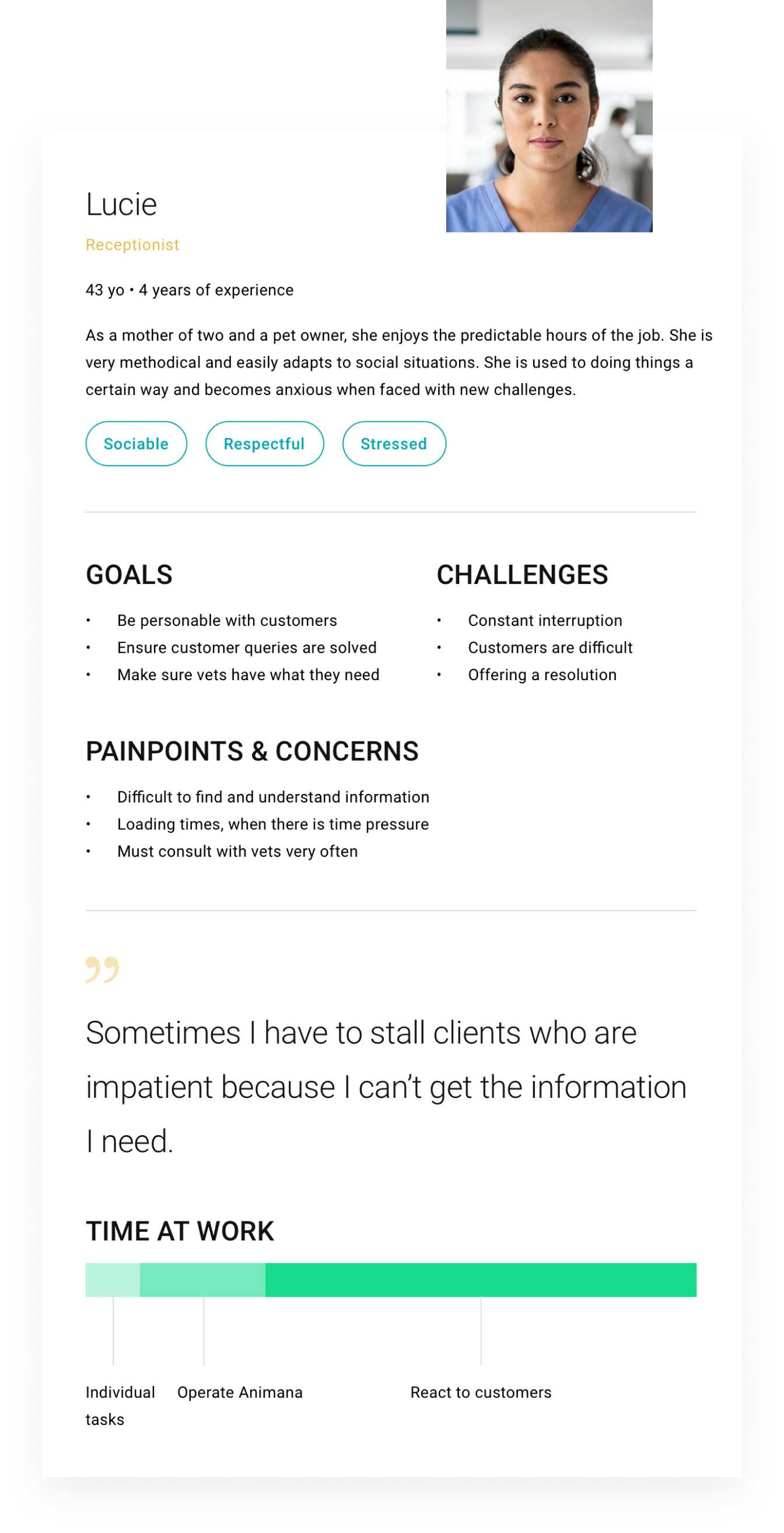

RECOMMENDATIONS BECOME A CLEAR ACTION PLAN
Knowledge is nothing without action and to aid the logistics of change, we have compiled sets of actionable recommendations from the UX research and the UX audit.
We are not just a UX research agency but fully understand implementation. Thus, all recommendations are organised in a way that makes it easy to create plans for immediate emergencies, short term improvements, medium term product enrichment and long term product strategies.
The recommendations can easily be distributed among design and development teams and they can even be translated into tickets that feed into the project management software.
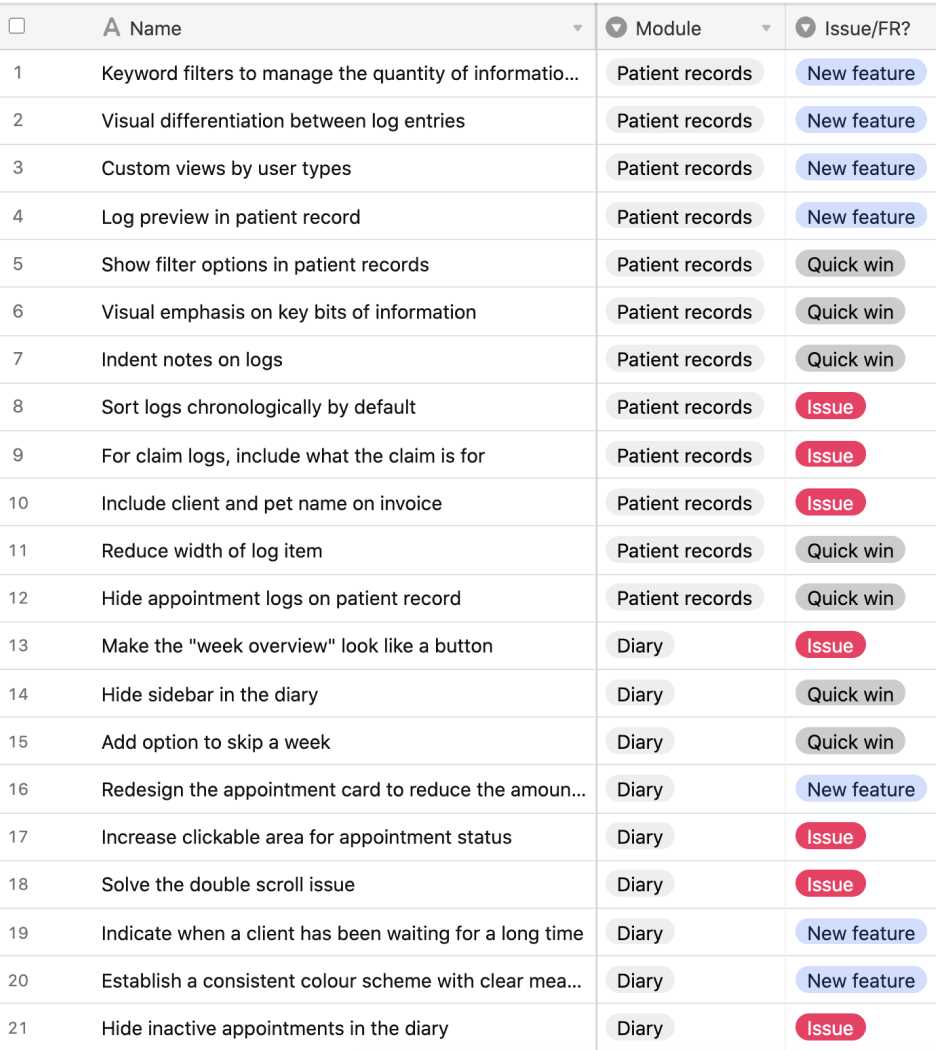
THE LONGTERM PRODUCT VISION BASED ON RESEARCH
We prepared a longterm product strategy that takes to show how the practice management system should evolve to be market leading in five years time.
As an experienced UX agency we were able to identify the technology and market trends that will put pressure on the software - and how these can be transformed into product growth opportunities.
In the longterm vision, the practice management system evolves to add value in new ways to the clinics. But it also becomes valuable to new stakeholders in the industry and it grows with new income streams.
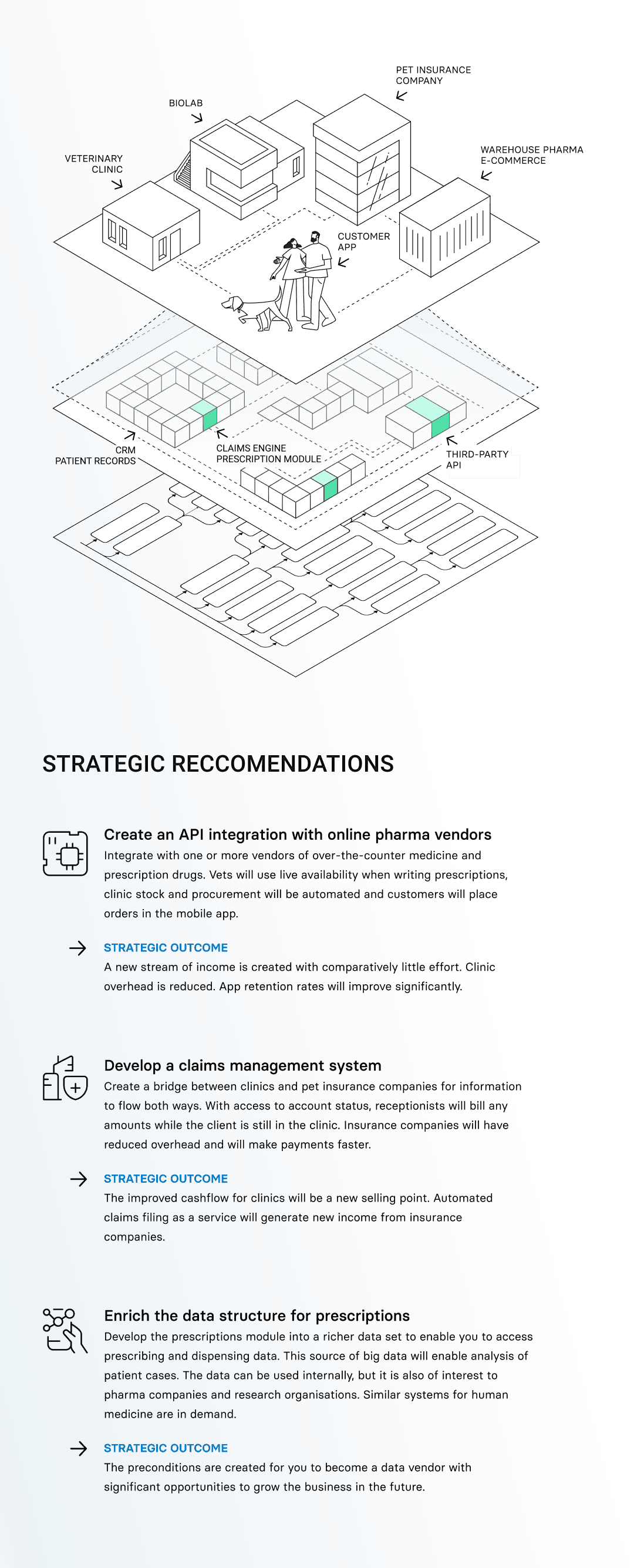


USER RESEARCH AND UX AUDIT FOR PRACTICE MANAGEMENT
The user research programe covered veterinary clinics in three countries: the UK, the Netherlands and Germany.
We organised the UX research meticulously to cover 35 clinics in just two weeks. By managing the research activities centrally from our UX agency HQ, we were able to compile data in real time and update protocols to follow up on every lead.
We mapped user needs and pain points to inform the UX audit and we organised recommendations so they can translate into actionable tickets for the design and development teams.
But we achieved more: we disseminated and empathic view of what it means to be a vet, nurse or receptionist who uses the practice management system.
We created a longterm product vision that shows what the value drivers will be in a few years. Thus, the practice management system can evolve to be a central part of the ecosystem in the veterinary industry.
OUTCOMES
Covered 35 clinics and 150 users in two weeks
Action plan with 100+ recommendations
Disseminated empathic view on vets, nurses and receptionists
Created a north star product vision for longterm growth






